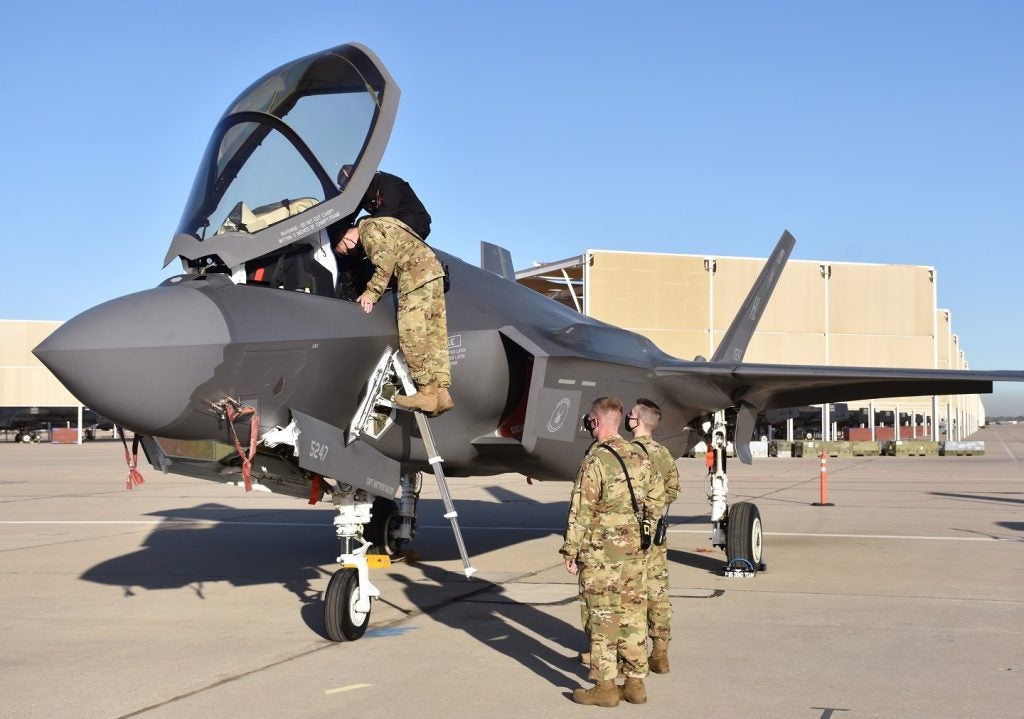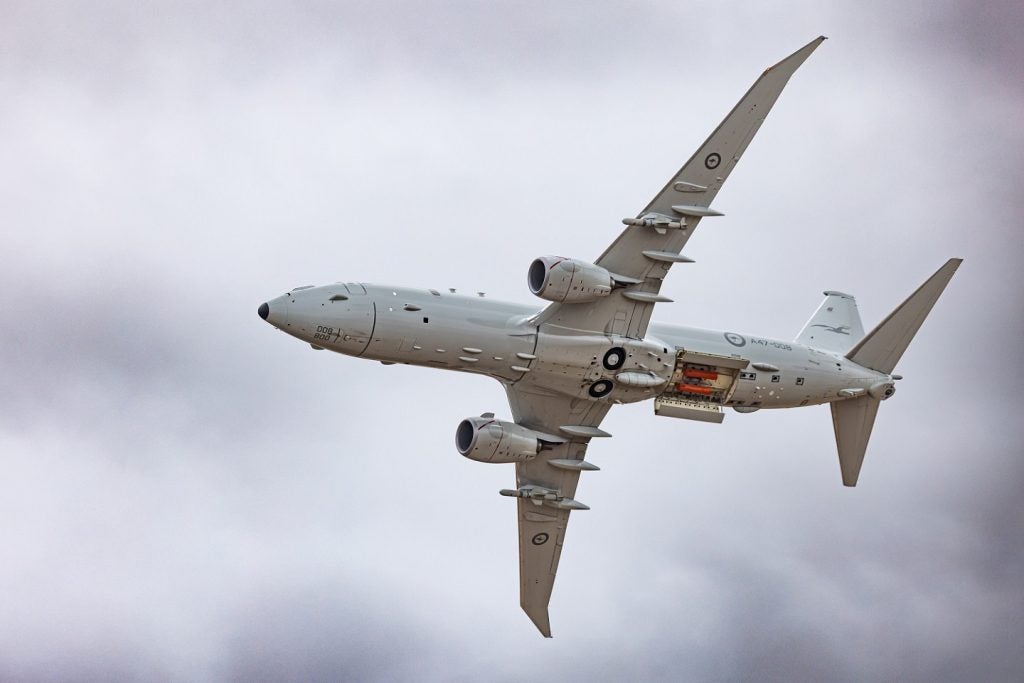
Lockheed Martin’s Cyber Solutions division has developed a joint integrated cyber mission system prototype, Henosis, as part of the US Air Force’s (USAF) Unified Platform contract competition.
Once selected, the Henosis prototype would be capable of incorporating and integrating cyber effects into multi-domain air, land, maritime, and space operations.
The Lockheed Martin system functions as a command and control battle management visualisation tool that coordinates defensive cyber operations, offensive cyber operations, and cyber intelligence, surveillance and reconnaissance.
This enables an operator to gain access, develop operational mission requirements, and offer a customisable application package that would help carry out the specific mission.
Lockheed Martin Rotary and Mission Systems business Cyber Solutions vice-president Deon Viergutz said: “We completed an in-depth engineering analysis with our prototype and, over the next year, we’ll combine our framework with the mission modules to demonstrate a capability to execute both defensive and offensive cyber missions.
“Lockheed Martin’s multi-domain weapons system experience will translate into what we believe will be the most operationally effective Unified Platform solution.”
How well do you really know your competitors?
Access the most comprehensive Company Profiles on the market, powered by GlobalData. Save hours of research. Gain competitive edge.

Thank you!
Your download email will arrive shortly
Not ready to buy yet? Download a free sample
We are confident about the unique quality of our Company Profiles. However, we want you to make the most beneficial decision for your business, so we offer a free sample that you can download by submitting the below form
By GlobalDataThe company is also working on cross-domain technologies developed for various services in open system architecture to develop converged cyber and electronic warfare capabilities.
Viergutz added: “With the right weapon system in place via the Unified Platform, the Cyber Mission Force can rapidly and effectively exploit the convergence of cyber and electronic warfare such as radio frequency, infrared and radar to truly change the 21st-century battlefield.”
Since 2011, Lockheed has carried out more than 200 major cyber events at the US Department of Defense (DoD) Test Resources Management Center’s National Cyber Range.







